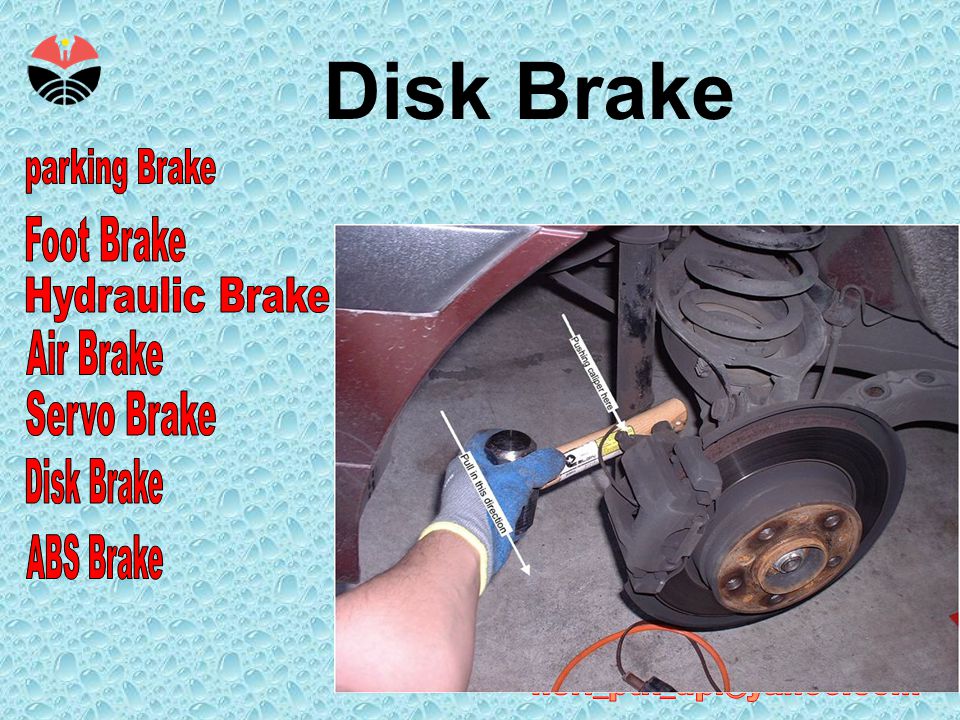Skip to content
Schedule an Appointment
Please enter your phone number to send the information as a text message Please enter a valid phone number
Platinum
Free Brake System Inspection
Install new premium brake pads/shoes*
LIFETIME pad warranty
Dual-layer rubberized shims for virtually noise-free braking
Premium caliper hardware includes anti-rattle clips and pin bushings
Reduces brake dust
Pads/shoes exceed manufacturer’s warranty
Eligible for special promotional financing***
Backed by a 24-month/24,000-mile labor warranty
Free Brake System Inspection
Install new brake pads/shoes*
Vehicle-specific friction formulated pads
LIMITED LIFETIME pad warranty**
Backed by a 12-month/12,000-mile labor warranty
Silver
Free Brake System Inspection
Install new brake pads/shoes*
Vehicle-specific friction formulated pads
LIMITED LIFETIME pad warranty**
*Most vehicles. Additional charges may apply. A 9.99% charge will be added to the retail list price of all service work, excluding tires (does not apply in NY or CA). Charge represents shop supply and equipment costs and profits and will not exceed $39. See store for complete details.
**Lifetime pad warranty for manufacturer defects and wear. Limited Lifetime pad warranty for manufacturer defects only. ***6 months special financing on tire or service purchases of $250 or more. Subject to credit approval. Terms and conditions apply. See store associate for details.
Every time you visit, our technicians carefully measure your vehicle’s brake pads, rotors, and tire tread.
HOW DO I KNOW WHEN IT’S TIME TO CHANGE MY BRAKES?Make an appointment to get a FREE courtesy inspection. This optional service is an opportunity to catch small concerns before they become big problems.
A soft brake pedal that offers little resistance and pushes to the floor
Unusual sounds like grinding, growling, screeching or squeaking
Your vehicle pulls to one side when you apply the brakes
A vibration or pedal kickback
Mr. Tire’s Brake inspections include:
Tire’s Brake inspections include:Brake Fluid
Brake Pads/Shoes
Brake Rotors
Brake Hardware/Adjuster
Brake Hoses/Lines
Master Cylinder
Seals Bearing
Parking Brake/Cables
Worn pads are dangerous because they have less stopping power
Waiting too long to replace your brakes can result in damaged rotors
Brake noise or difficulty braking should be addressed immediately
Request An Appointment
Find Your Location
Enter your location below to search for a store.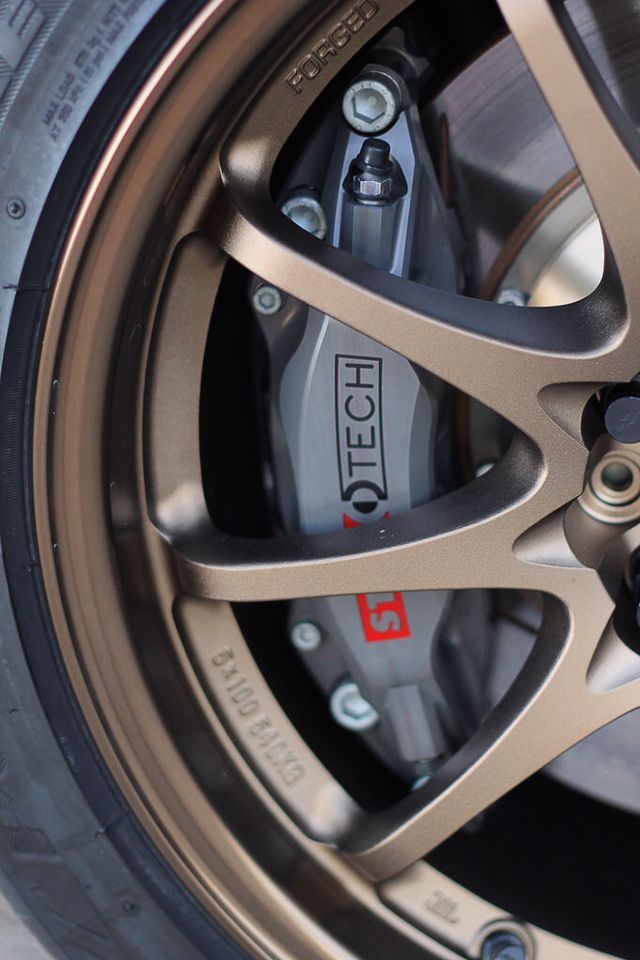
At Mr. Tire, we’re all about doing it better. We listened to our Guests and now offer appointment-free oil changes in addition to scheduled appointments. That’s right, just stop in during our regular business hours and get a quality Valvoline™ oil change the same day, no appointment necessary. Come Experience Better. Experience Mr. Tire.
VIEW ALL SERVICES
Our teammates are some of the most knowledgeable and helpful auto service professionals in the industry. They have one mission: to help you maintain your vehicle as if it were their own.
ALL MAJOR TIRE BRANDS We have the right tire, with the right warranty, at the right price. In stock or available in most cases by next day. 30-DAY RIDE AND PRICE GUARANTEE We want you to be completely satisfied with your tires.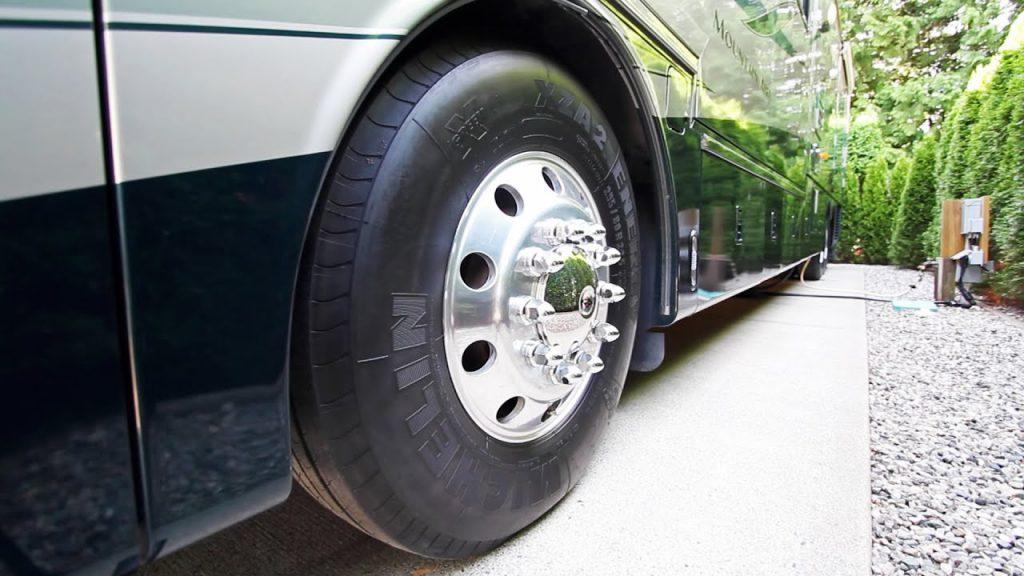 You get 30 days of price protection and 30 days or 500 miles to test your tires. Return or exchange them; no questions asked.
WE INSTALL MILLIONS OF TIRES A YEAR
As one of the nation’s largest independent tire dealers, we are experts at fitting and installing the right tires for you.
You get 30 days of price protection and 30 days or 500 miles to test your tires. Return or exchange them; no questions asked.
WE INSTALL MILLIONS OF TIRES A YEAR
As one of the nation’s largest independent tire dealers, we are experts at fitting and installing the right tires for you.
Auto Maintenance
FREE*
Courtesy Inspection
Free Alignment Check, Free TPMS Light Check, Free Tire Inspection
Auto Maintenance
FREE*
ALIGNMENT CHECK
HELPS EXTEND THE LIFE OF YOUR VEHICLE
General Maintenance
Wiper Blades
$11.99/Blade
while supplies last
Auto Maintenance
FREE*
Courtesy Inspection
Free Alignment Check, Free TPMS Light Check, Free Tire Inspection
Auto Maintenance
FREE*
ALIGNMENT CHECK
HELPS EXTEND THE LIFE OF YOUR VEHICLE
General Maintenance
Wiper Blades
$11.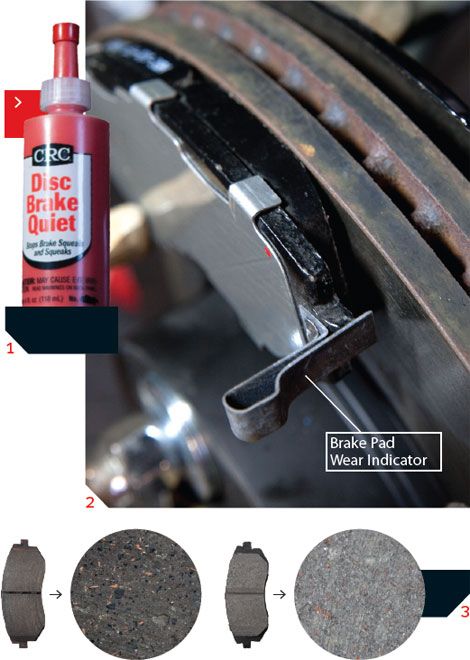 99/Blade
99/Blade
while supplies last
Learn More
SELECT A SERVICE
FIND TIRES OIL CHANGE BRAKES SCHEDULED MAINTENANCEDoes the braking distance generally depend on the width of the tires? ZR tests confirm: it depends! Although at first glance this statement may contradict the laws of physics.
Related materials
Tire test "Behind the wheel" - we measure the braking distance in heat and cold
This is a long-standing dispute between practitioners and theorists.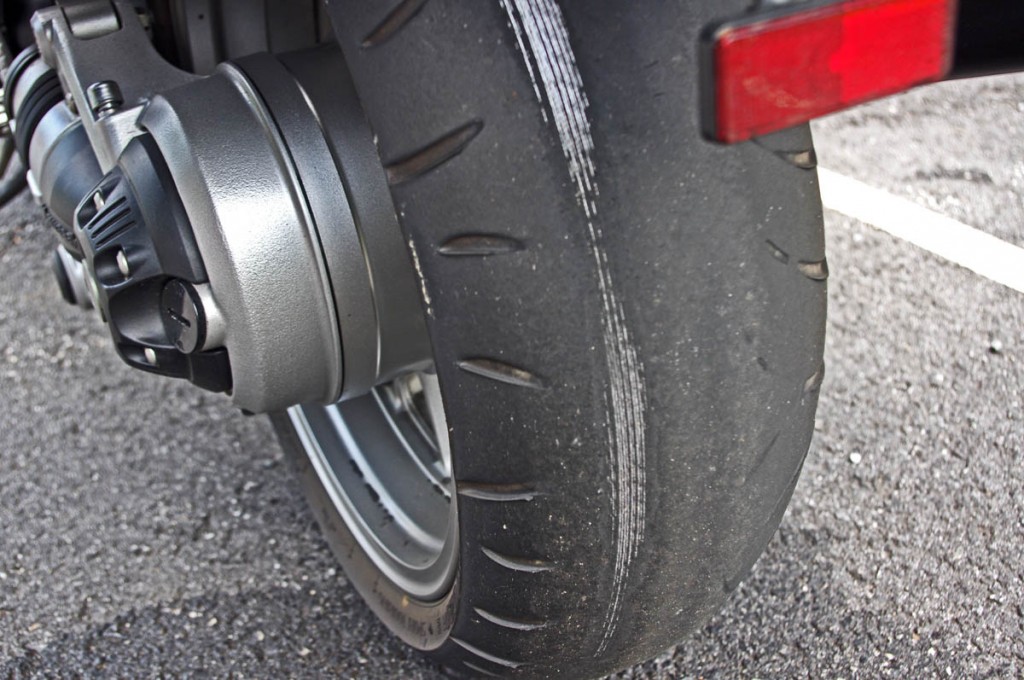 The latter, as a reinforced concrete argument, cite dependence, which back in 1779was installed by the Frenchman Charles Augustin de Coulomb. It is familiar to many as a simple formula from a school physics course: F \u003d µN , where F is the static friction force, µ is the static friction coefficient, and N is the force of the normal reaction of the support, in our case, the pressing force of the wheel to the road. According to this formula, the maximum static friction force depends on the pressing force and the materials of the contacting surfaces. There is no contact patch area in this formula, and hence the width of the tire tread! So, put any tire - wide or narrow - and the braking distance will not change?
The latter, as a reinforced concrete argument, cite dependence, which back in 1779was installed by the Frenchman Charles Augustin de Coulomb. It is familiar to many as a simple formula from a school physics course: F \u003d µN , where F is the static friction force, µ is the static friction coefficient, and N is the force of the normal reaction of the support, in our case, the pressing force of the wheel to the road. According to this formula, the maximum static friction force depends on the pressing force and the materials of the contacting surfaces. There is no contact patch area in this formula, and hence the width of the tire tread! So, put any tire - wide or narrow - and the braking distance will not change?
Don't jump to conclusions. The dependence derived by Coulomb concerns only the force of static friction, which acts between two contacting bodies and prevents the occurrence of relative motion, that is, it is valid only if the wheels of the car are stationary (there is no rolling).
Imagine a car standing still on smooth asphalt. The driver presses hard on the brake pedal. The car is hitched to the tractor through a dynamometer that measures the traction force. The tractor starts moving, and the dynamometer records the value of the force that will be maximum at the moment when the car starts off with the braked wheels. If you perform such measurements by alternately installing sets of tires with treads of different widths, but from the same rubber compound, then the maximum force values will be similar. In this case, Coulomb's law works ideally - the discrepancies of the obtained values will be minimal, within the measurement error.
But as soon as the car starts moving, the dependence established by Coulomb loses its relevance, because instead of the static friction force that keeps the slowed down car from moving, other friction forces will come into play. This means that other forces will act on a car that slows down (slows down).
Related materials
Tires by size: why pay extra for a low profile?
As you know, a moving body (for example, a car) has a kinetic energy equal to mv²/2 (where m is its mass and v is its speed). To stop the body, you need to rid it of this energy. The essence of the "classical" (without the use of recuperation) braking process is the conversion of the kinetic energy of the vehicle into thermal energy, followed by heat dissipation into the environment. The more intense the heat is released and dissipated, the shorter the braking distance.
Braking (read: energy conversion) occurs due to the friction of the brake pads on the surface of the brake disc (drum), internal friction of the tread rubber (mainly when it is deformed in the contact patch), as well as tread friction on asphalt even with slight slippage.
Maximum braking performance is achieved when the wheel slip is around 15% (so-called service slip). On summer tires, this effect occurs due to a combination of internal friction of the rubber during tread deformation, shearing of fine fractions on the road surface, as well as energy absorption by the suspension - and is used during ABS operation, which allows slight slippage of the tire relative to the road. Thus, braking occurs in the transitional stage of sliding friction. It is necessary to go far beyond elementary physics to describe such a complex interaction of various types of friction. Moreover, the rolling present in this process contributes, continuously removing the “used out” heated tread area from the contact patch and delivering a fresh, colder one to it.
On summer tires, this effect occurs due to a combination of internal friction of the rubber during tread deformation, shearing of fine fractions on the road surface, as well as energy absorption by the suspension - and is used during ABS operation, which allows slight slippage of the tire relative to the road. Thus, braking occurs in the transitional stage of sliding friction. It is necessary to go far beyond elementary physics to describe such a complex interaction of various types of friction. Moreover, the rolling present in this process contributes, continuously removing the “used out” heated tread area from the contact patch and delivering a fresh, colder one to it.
Friction inevitably leads to heating of the tread surface, and temperature changes significantly affect the grip properties of rubber. Overheating of the tread leads to a decrease in its strength and subsequent micro-destructions (melting) of the surface, further weakening the "hold". A typical example is braking on cars without ABS with full wheel lock, with smoke and a characteristic smell, leaving black traces of burnt rubber on the asphalt.
What do we have in practice? The wider the tread of the tire, the larger the area of its contact patch with the road, and hence the greater the friction surface. Therefore, more kinetic energy will be converted into heat. In addition, the dissipation of thermal energy will become more intense and the risk of overheating will decrease. All this together provides more effective braking.
Overcooling of the tire also has a negative effect on its grip. This is especially evident from the deterioration in the results of "cold" braking on wet pavement at +6 °C (SR, No. 3 and No. 4, 2018). Rubber does not have the ability to warm up to operating temperature, and therefore remains insufficiently elastic and clings worse to asphalt micro-roughness. In this situation, the ability of wide tires to cool better, on the contrary, adversely affects performance - in cold weather, their grip deteriorates more noticeably than narrow ones.
Related materials
Brake pad test for Solaris and Rio: hotline
Very often the coefficient of friction is perceived as a kind of constant that determines the effectiveness of braking. In practice, this value is determined experimentally. Its physical meaning is the ratio between the friction force and the normal reaction force (this is the force that presses the wheel to the road). The force of friction depends on the characteristics of the rubbing surfaces. On the one hand, this is the condition and quality of the asphalt, on the other hand, the composition and characteristics of the rubber compound of the tire, the area of the contact patch and the distribution of pressure forces in it. In addition, the friction force is influenced by the temperature of the coating and air, humidity and many other factors.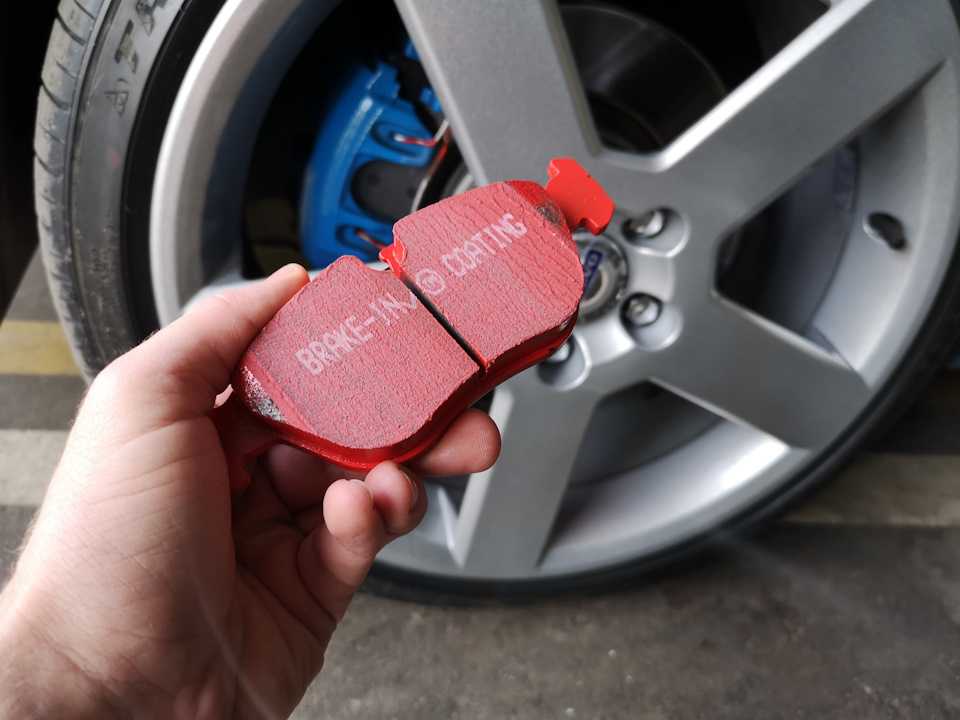
It is noteworthy that the grip properties of any tires change during braking. In the initial period, they slightly improve as the rubber warms up to the most effective (working) temperature, and then, if the rubber compound does not have time to give off heat and overheats, they may worsen.
How to calculate the coefficient of friction? According to the formula k \u003d v² / 2gs (where v is the deceleration start speed, g is the free fall acceleration, s is the stopping distance). The value of the braking distance for each tire is obtained experimentally - we measure it when braking on asphalt. Different tires provide different braking distances - therefore, they differ from each other in their grip properties. Moreover, the wider the tread, the better the grip properties (of course, if the rubber mixture is not supercooled). Our tire test results prove it. And, as you already understood, they do not contradict the laws of physics.
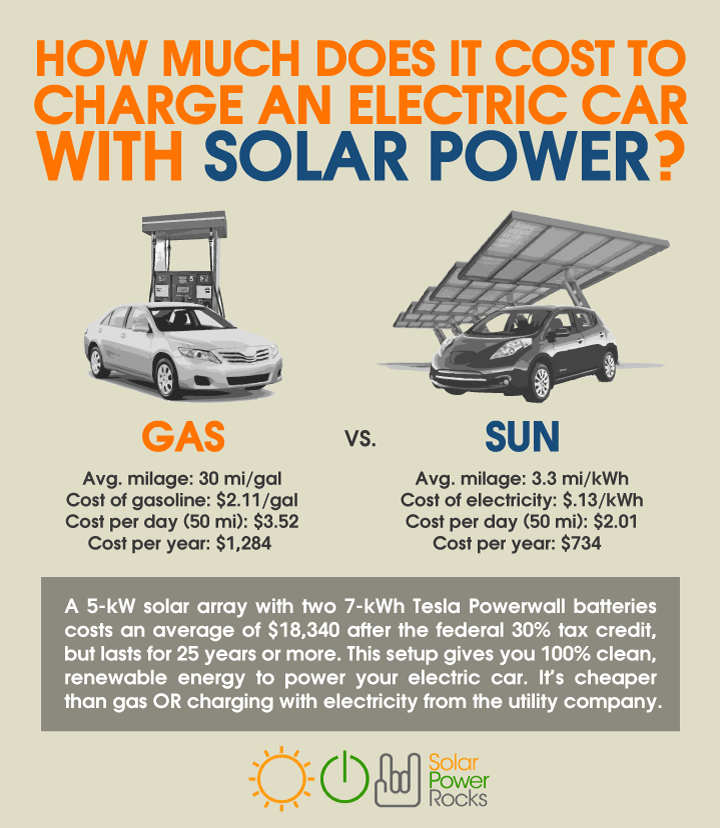 Here you can view tests, study the offers of sellers and leave a request for a purchase.
Here you can view tests, study the offers of sellers and leave a request for a purchase. Please enable JavaScript in your browser to display pages properly.
8 (800) 707-65-40
Request a call
Remind password
Personal account
New customer
1 + 7 =I hereby confirm that I have read and agree to the terms of the privacy policy and consent to the processing of my personal data. Learn more
Request a call
Leave your phone number and a convenient time to call, and we will call you back
Shopul. Komsomolskoye highway, 3b st.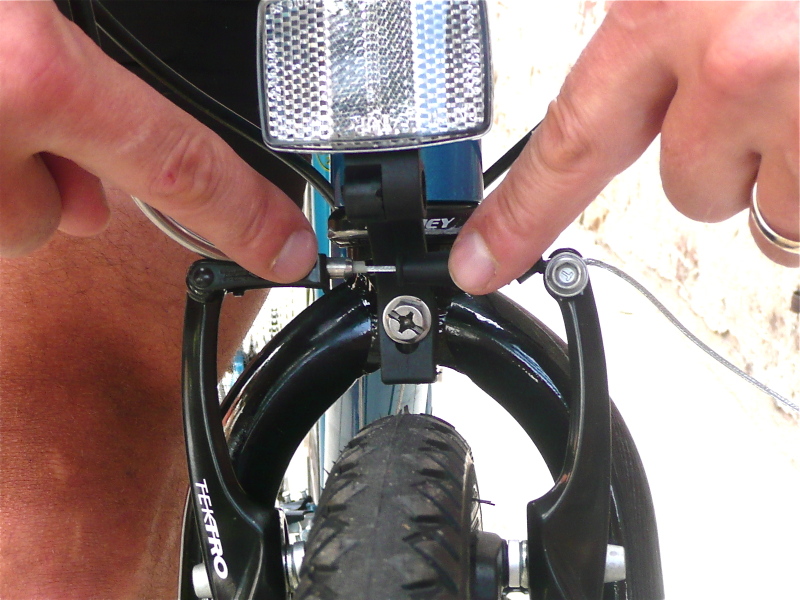 Business, 7st. Vaneeva, 209Aul. Golubeva, 7 st. Karl Marx, 60 vul. Comintern, 39, room 1st. Generala Ivlieva, house 24Aul. Fuchik, 36, Perekhodnikova st., 28/1 st. Dyakonova, 2 r. Gaugelya 2A/2pr. Gagarina, 37b 2 + 8 =
Business, 7st. Vaneeva, 209Aul. Golubeva, 7 st. Karl Marx, 60 vul. Comintern, 39, room 1st. Generala Ivlieva, house 24Aul. Fuchik, 36, Perekhodnikova st., 28/1 st. Dyakonova, 2 r. Gaugelya 2A/2pr. Gagarina, 37b 2 + 8 = I hereby confirm that I have read and agree to the terms of the privacy policy and consent to the processing of my personal data. Learn more
In order to provide standardized information on fuel consumption, wet grip and ambient rolling noise, the European Union has decided to introduce a mandatory label for all new tires (European label).
As of November 2012, all new tires sold in the EU must carry the European label sticker. The reason for this is to provide basic information about the tire and help the end user make a decision about choosing a new tire.
What determines the economy of a tire?
In simple terms, fuel efficient tires require less energy to overcome rolling resistance. Tires with low rolling resistance reduce fuel consumption because they require less energy for friction and heating. You may be familiar with the term "low rolling resistance" which essentially means the same thing.
Tires with low rolling resistance reduce fuel consumption because they require less energy for friction and heating. You may be familiar with the term "low rolling resistance" which essentially means the same thing.
How is fuel efficiency measured?
Fuel economy ranges from "A" to "G" on the color scale.
A (green) = maximum fuel efficiency
G (red) = minimum fuel efficiency
Rating "D" is not used for passenger cars.
Fuel consumption: The difference between grade "A" and "G" is 0.5 l/100 km, which is 80 liters of fuel per year (based on 15,000 km/year).
What does this rating mean
A difference between an "A" and "G" rating can indicate a difference in fuel consumption of up to 7.5%. In absolute terms, using 'A' rated tires instead of 'G' rated tires will save over 6 liters per 1,000 kilometers.*
With an average fuel price of 1.50 euros per liter, you can save more than 300 euros over the life of your tires*
And don't forget about reducing your environmental impact!
*Assuming an average consumption of 8 liters per 100 km, a fuel price of 1.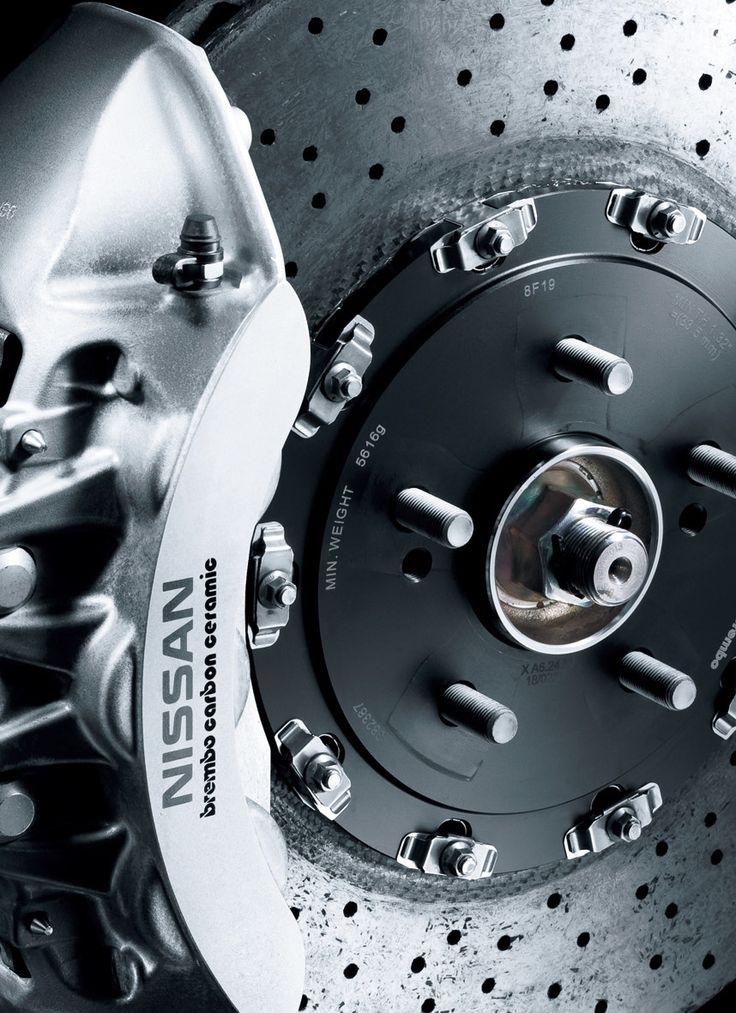 50 euros per liter and an average tire mileage of 35,000 km
50 euros per liter and an average tire mileage of 35,000 km
What else affects fuel economy?
Keep an eye on your tire pressure for maximum fuel economy. Low tire pressure increases rolling resistance and affects wet traction. Vehicle weight and driving style also affect fuel consumption. Energy-efficient driving, also referred to as "eco-driving", can significantly reduce fuel consumption.
*Assuming an average consumption of 8 liters per 100 km, a fuel price of 1.50 euros per liter and an average tire mileage of 35,000 km
The values shown here are for illustrative purposes only. Values for different tire sizes may vary.
Marking:
A- Maximum fuel economy (Ratio of rolling resistance (RR), en kg/t RR ≤ 6.5)
Fuel efficiency is the first criterion that can be seen on a tire label. About 20% of a car's fuel consumption depends on the tire. The higher the rolling resistance of a tire, the higher the vehicle's fuel consumption. The label indicates the tire's rolling resistance class and ranges from A to G.
The label indicates the tire's rolling resistance class and ranges from A to G.
B - Very good fuel efficiency (Rolling resistance coefficient (RR), enkg/t6.6 ≤ RR ≤ 7.7)
Fuel efficiency is the first criterion that can be seen on a tire label. About 20% of a car's fuel consumption depends on the tire. The higher the rolling resistance of a tire, the higher the vehicle's fuel consumption. The label indicates the tire's rolling resistance class and ranges from A to G.
C- High fuel efficiency (Rolling resistance coefficient (RR), enkg/t7.8 ≤ RR ≤ 9)
Fuel efficiency is the first criterion that can be seen on a tire label. About 20% of a car's fuel consumption depends on the tire. The higher the rolling resistance of a tire, the higher the vehicle's fuel consumption. The label indicates the tire's rolling resistance class and ranges from A to G.
D- average fuel economy (Ratio of rolling resistance (RR), enkg/tNot used)
Fuel efficiency is the first criterion that can be seen on a tire label.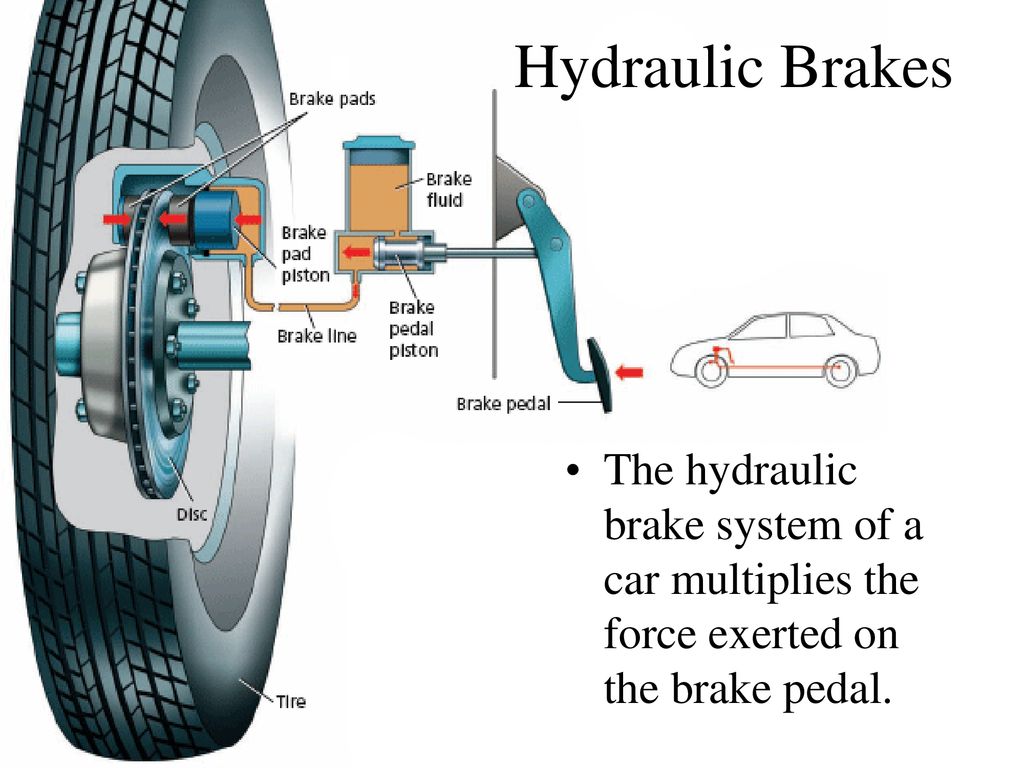 About 20% of a car's fuel consumption depends on the tire. The higher the rolling resistance of a tire, the higher the vehicle's fuel consumption. The label indicates the tire's rolling resistance class and ranges from A to G.
About 20% of a car's fuel consumption depends on the tire. The higher the rolling resistance of a tire, the higher the vehicle's fuel consumption. The label indicates the tire's rolling resistance class and ranges from A to G.
E- below-average fuel efficiency (Rolling resistance coefficient (RR), enkg/t9.1 ≤ RR ≤ 10.5)
Fuel efficiency is the first criterion that can be seen on a tire label. About 20% of a car's fuel consumption depends on the tire. The higher the rolling resistance of a tire, the higher the vehicle's fuel consumption. The label indicates the tire's rolling resistance class and ranges from A to G.
F- low fuel economy (Rolling resistance coefficient (RR), enkg/t10.6 ≤ RR ≤ 12)
Fuel efficiency is the first criterion that can be seen on a tire label. About 20% of a car's fuel consumption depends on the tire. The higher the rolling resistance of a tire, the higher the vehicle's fuel consumption.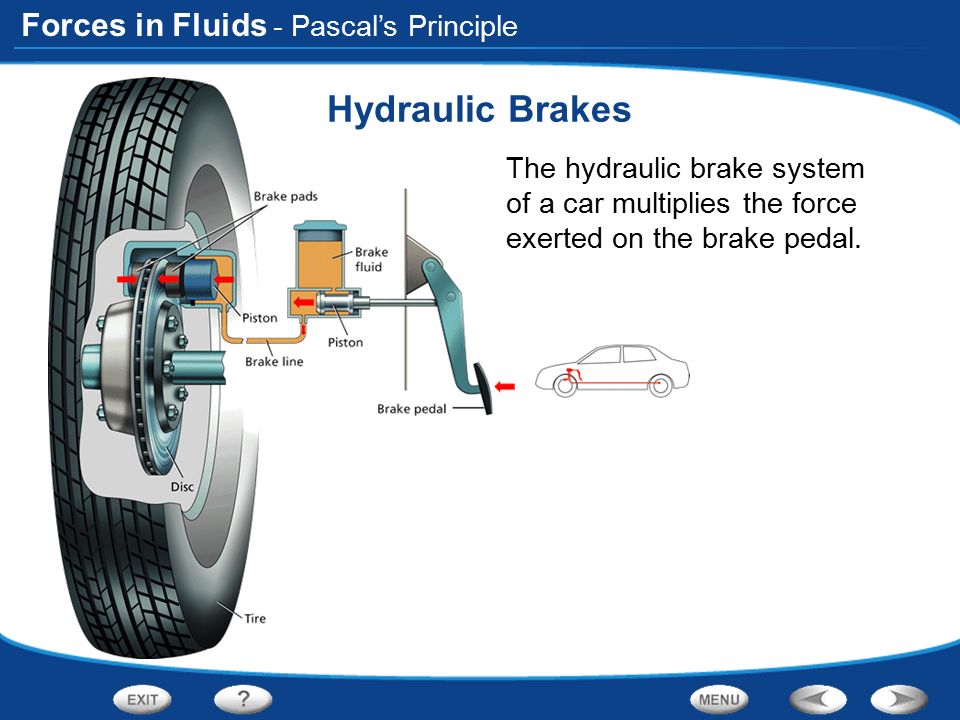 The label indicates the tire's rolling resistance class and ranges from A to G.
The label indicates the tire's rolling resistance class and ranges from A to G.
G- minimum fuel efficiency (Rolling resistance coefficient (RR), enkg/tRR ≥ 12.1)
Fuel efficiency is the first criterion that can be seen on a tire label. About 20% of a car's fuel consumption depends on the tire. The higher the rolling resistance of a tire, the higher the vehicle's fuel consumption. The label indicates the tire's rolling resistance class and ranges from A to G.
Find out more about the EU tire label
Wet grip is an important factor when choosing new tires. Wet grip is an important factor when choosing new tires.
What is wet grip?
Wet grip is the ability of a tire to maintain contact with a wet surface. The EU classification addresses only one aspect of wet grip – the tire's wet braking performance.
How is wet grip measured?
Wet grip classified from "A" to "F":
A = maximum level
F = minimum level
For passenger cars, the indices "D" and "G" are not used.
Braking: The difference between a tire rated A and G is 18 meters, which is a distance of 4 cars.
What does this rating mean
In emergency situations, reducing the stopping distance by a few meters can be decisive. The braking distance of a passenger car on which tires with the index A are installed, during sudden braking from a speed of 80 km / h, will be 18 meters shorter ==> than when using tires with the index "F". *
Note: Always keep the recommended stopping distance while driving.
*When measured according to the method specified in EU regulation 1222/2009. The braking distance depends on road conditions and other factors.
The values shown here are for illustrative purposes only. Values for different tire sizes may vary.
Values for different tire sizes may vary.
Items:
A- Maximum wet grip (Grip coefficient (where G is the comparison index) 1.55 ≤ G)
The criterion characterizes the length of the braking distance on a wet surface. Tires are rated A to F. For example, the difference in stopping distance between a tire rated A and a tire rated F is 18 meters, assuming the vehicle is traveling at 80 km/h.
B - very high wet grip (Grip coefficient (where G is the comparison index) 1.40 ≤ G ≤ 1.54)
The criterion characterizes the length of the braking distance on a wet surface. Tires are rated A to F. For example, the difference in stopping distance between a tire rated A and a tire rated F is 18 meters, assuming the vehicle is traveling at 80 km/h.
C- high wet grip (Grip coefficient (where G is the comparison index) 1.25 ≤ G ≤ 1.39)
The criterion characterizes the length of the braking distance on a wet surface.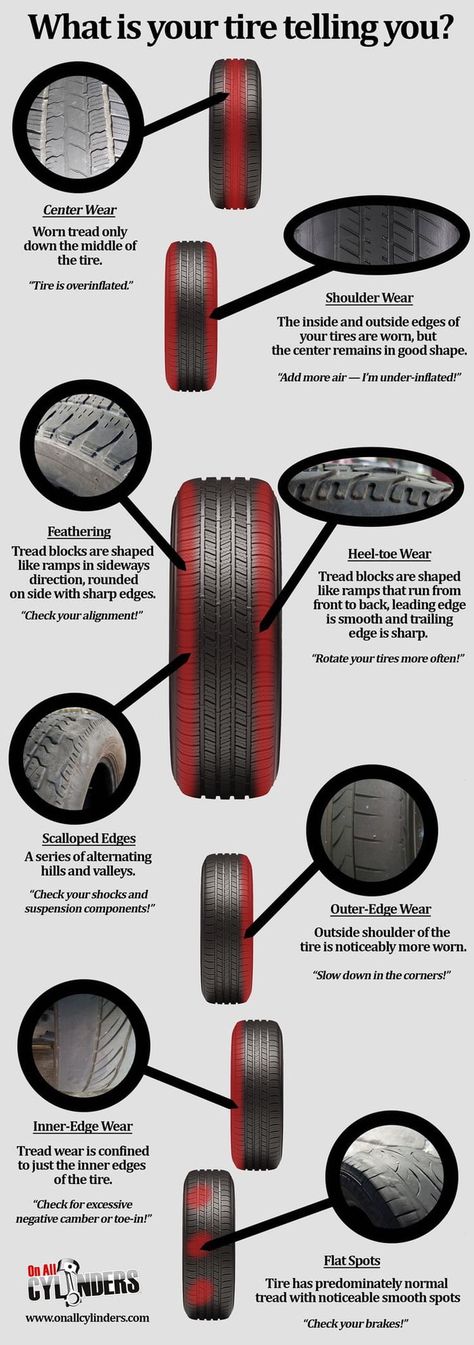 Tires are rated A to F. For example, the difference in stopping distance between a tire rated A and a tire rated F is 18 meters, assuming the vehicle is traveling at 80 km/h.
Tires are rated A to F. For example, the difference in stopping distance between a tire rated A and a tire rated F is 18 meters, assuming the vehicle is traveling at 80 km/h.
D- average wet grip (Grip coefficient (where G is a comparison index) Not used)
The criterion characterizes the length of the braking distance on a wet surface. Tires are rated A to F. For example, the difference in stopping distance between a tire rated A and a tire rated F is 18 meters, assuming the vehicle is traveling at 80 km/h.
E - below-average wet grip (Grip coefficient (where G is a comparison index) 1.10 ≤ G ≤ 1.24)
The criterion characterizes the length of the braking distance on a wet surface. Tires are rated A to F. For example, the difference in stopping distance between a tire rated A and a tire rated F is 18 meters, assuming the vehicle is traveling at 80 km/h.
F- low grip on wet surfaces (Grip coefficient (where G is the comparison index) G ≤ 1.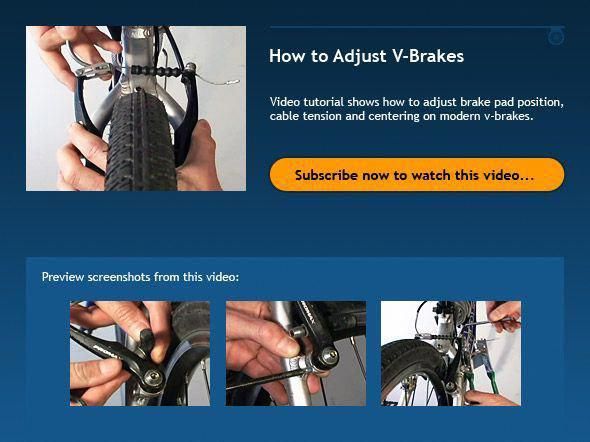 09)
09)
The criterion characterizes the length of the braking distance on a wet surface. Tires are rated A to F. For example, the difference in stopping distance between a tire rated A and a tire rated F is 18 meters, assuming the vehicle is traveling at 80 km/h.
G - minimum wet grip (Grip coefficient (where G is a comparison index) Not used)
The criterion characterizes the length of the braking distance on a wet surface. Tires are rated A to F. For example, the difference in stopping distance between a tire rated A and a tire rated F is 18 meters, assuming the vehicle is traveling at 80 km/h.
More about the EU tire label
A significant part of the noise generated by a vehicle when driving is due to tires. Quiet tires help reduce your vehicle's environmental impact.
What is covered by the EU tire noise classification
The EU classification measures the level of outside noise generated by tires in decibels.